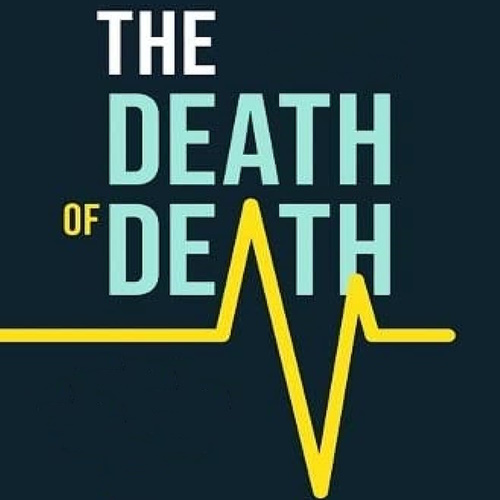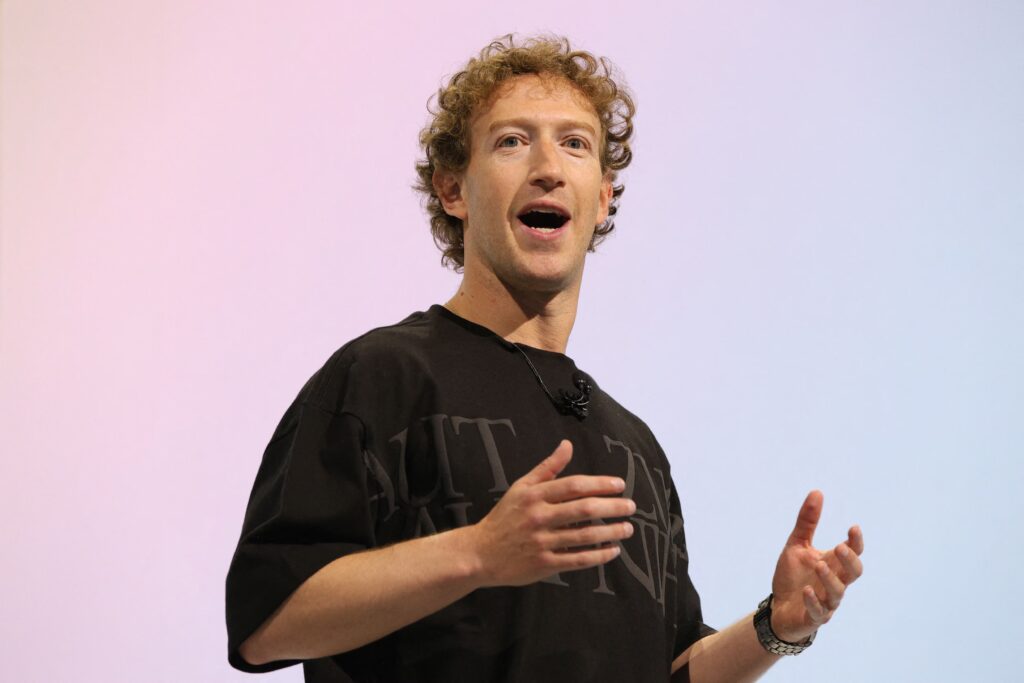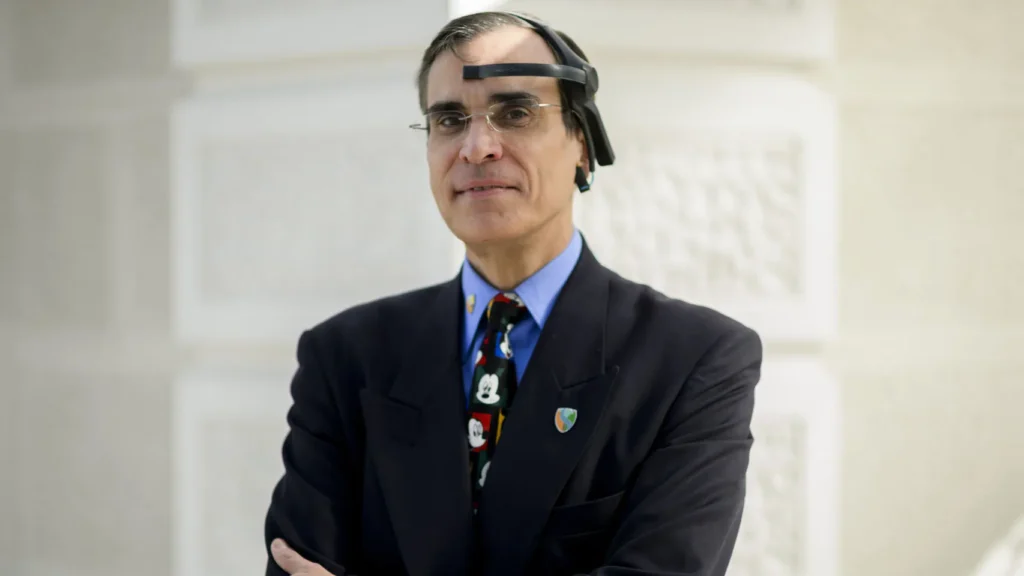The age-old dream of immortality has captivated humanity for millennia, yet until recently, it seemed an unattainable fantasy. However, a prominent futurist and engineer, José Luis Cordeiro, now asserts that we are far closer than we imagine to ending aging as we know it.
José Luis Cordeiro: The ‘Death of Death’ Is Near – Futurist Claims Aging Is a Curable Disease
In a groundbreaking talk, Cordeiro presented a radical premise: aging is not an inevitable fate, but a disease that science is on the verge of curing. According to Cordeiro, humanity stands at a critical turning point, and within a few decades, we will possess the capabilities to reverse aging and achieve indefinite longevity.
Aging as a Curable Disease: The Key to Eradication
For Cordeiro, aging is not a natural, irreversible process, but rather a biological disorder that can and should be treated like any other illness. This perspective has gained significant traction within the scientific community, fueled by rapid advancements in fields such as biotechnology, nanotechnology, and artificial intelligence.
The futurist contends that the synergy of four key technologies will enable humanity not only to slow down aging but to actively reverse it:
Nanotechnology: Expected to facilitate the repair of cellular damage at a molecular level.
Biotechnology: Will enable genetic reprogramming and the lengthening of telomeres, crucial protective caps on DNA.
Artificial Intelligence (AI) and Big Data: These powerful tools will accelerate the identification of effective anti-aging treatments.
Advanced Neuroscience: Essential for improving the connection between the brain and technology, potentially enhancing cognitive functions and overall well-being.

Real-World Progress: From Labs to Living Examples
The advancements in this revolutionary field are far from mere speculation. Recent experiments have demonstrated that aging can be slowed and even reversed in animal models.
The Methuselah Foundation, led by pioneering scientist Aubrey de Grey, has successfully tripled the lifespan in mice and extended the longevity of certain worms by six times.
Furthermore, scientists like María Blasco in Spain have conducted extensive research into the role of telomeres in cellular aging, achieving notable rejuvenation of tissues in mice.
One of the most impactful cases is that of Liz Parrish, a biotech entrepreneur who underwent an experimental therapy designed to reduce her biological age.
Initial results from her treatment suggest that her organism has shown remarkable signs of rejuvenation, potentially marking the beginning of a genuine revolution in human longevity.
Cordeiro’s vision, once confined to science fiction, is rapidly moving into the realm of scientific possibility, promising a future where aging is no longer an insurmountable barrier but a conquerable challenge.
Big Tech Joins the Longevity Race: Google, Microsoft & Amazon Invest Billions to End Aging
The pursuit of ending aging is no longer confined to scientific labs and academic discussions. Major tech giants like Google, Microsoft, and Amazon are now pouring billions into longevity research, signaling a profound shift in the battle against time.
While scientists tirelessly explore the biological mechanisms of aging, the world’s most influential technology companies are throwing their immense resources behind the audacious idea of conquering death itself.

Tech Titans Enter the Longevity Arena
Google, through its ambitious subsidiary Calico, is actively exploring ways to slow down or even halt aging at the cellular level. This venture represents a long-term commitment to understanding and combating age-related diseases.
Meanwhile, Mark Zuckerberg has publicly announced multi-million dollar donations aimed at eradicating diseases, explicitly including those linked to age.
Microsoft has also declared its significant stake in the future of health, asserting that Artificial Intelligence (AI) will be pivotal in the fight against cancer and other degenerative diseases within the next decade. This integration of AI and healthcare promises to revolutionize treatment and prevention strategies.
A World Without Aging: Accessibility and the Future
Futurist José Luis Cordeiro, a leading voice in the anti-aging movement, offers a pragmatic perspective on the accessibility of these groundbreaking advancements. He believes that, much like past technological innovations, anti-aging therapies will initially be accessible to a select few.
However, Cordeiro confidently predicts that over time, these life-extending technologies will become democratized and available to the majority.
“Just as almost everyone has a mobile phone today, in the future, longevity will be accessible to all”.
Cryopreservation: The ‘Waiting’ Game
For those who may not be able to benefit from these therapies before their full development, an intriguing alternative exists: cryopreservation. This cutting-edge technique involves preserving the human body at ultra-low temperatures, with the profound hope of reanimating it in the future, once science has advanced sufficiently to cure diseases and reverse aging.
Notably, Cordeiro himself was instrumental in the first cryopreservation performed on the Iberian Peninsula, underscoring his deep commitment to this potential bridge to a longer life. He highlights that cryopreservation offers a unique opportunity to “wait” until technology can restore life without the burden of aging.
As the lines between technology, biology, and healthcare continue to blur. The collective investment and innovation from both scientific pioneers and tech behemoths suggest that humanity is indeed on the precipice of a radical new era, where the concept of aging as an inevitable decline may soon become a relic of the past.

